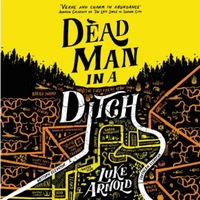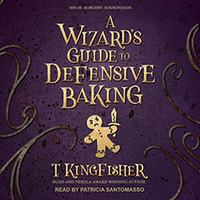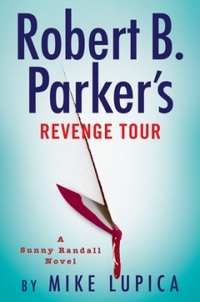 Robert B. Parker’s Revenge Tour
Robert B. Parker’s Revenge Tour
by Mike Lupica
DETAILS: Series: Sunny Randall, #10 Publisher: G.P. Putnam's Sons Publication Date: May 2, 2022 Format: Hardcover Length: 319 pg. Read Date: May 9-10

What’s Revenge Tour About?
Back in book 3, Shrink Rap,* Sunny Randall helped protect best-selling author Melanie Joan Hall from her stalker ex-husband. He ended up in prison by the end and Melanie Joan and Sunny have remained close—Sunny has spent a few years living in her home, in fact, as Melanie Joan’s now based in California.
* Thanks to the magic of Fiction, that was 2002. I’m not exactly sure how few years are supposed to have passed between books 3 and 10, but I know it’s not 20.
Now she’s back in Boston, preparing to shoot a Netflix series based on her Romance series. She’s been wildly successful already, but this is set to make Melanie Joan Hall huge. Naturally, this kind of attention is bringing out enemies—including one who claims that the novel that started it all was plagiarized. Sunny needs to track down this anonymous accuser, quickly and quietly.
Meanwhile, Sunny’s dad, Phil, could use a little help. Years before he retired, he arrested the son of a prominent defense lawyer and helped ensure he served a long sentence. That son was just killed in prison, and the lawyer is harassing and threatening Phil. Sunny and Lee Farrell team up to help Phil.
Sunny gets some evidence that causes her to give credence to the claims against Melanie Joan, and their relationship is strained. Then people close to Melanie Joan start being murdered because Sunny doesn’t have enough going on. So, she has to clear Melanie Joan (or definitively establish her guilt), keep her safe, find out who is behind the plagiarism and/or murders, and keep her father alive while stopping this lawyer. Sunny’s going to need all her allies—and get a few new ones—to accomplish this To-Do list and get out of this alive.
The Two Exes
One of the people with the biggest grudges against Melanie Joan is her ex-husband, serving a life sentence for his crimes against Melanie Joan, Sunny, and Richie. Sunny travels to the prison to see if he might behind this all. In fact, he knows a disturbing amount about Melanie Joan, Sunny, Richie, Jesse Stone(!), and the threats against her father. I should probably mention that recently, Melvin was represented by the same lawyer currently harassing Phil.
I remember less than nothing about John Melvin—it’s probably been 15+ years since I re-read Shrink Rap last. But based on what Lupica does with him he’s easily in the top 5 creepiest characters in the Parkerverse. And Lupica uses him as much as he can in this book. (but wisely not over-much) Why is it psychologists make the best bad guys? (see also Thomas Harris, Dennis Lehane, and a couple of other examples that will pop into my mind about 30 seconds after I publish this but that I can’t think of now)
But before John Melvin, Melanie Joan had another husband—he was her writing professor in college (feel free to cringe at that, Sunny does). Melanie Joan credited Dr. Charles Hall with helping her get her first novel into shape. So if anyone’s going to be able to clear her from these charges—or condemn her—it’s going to be him. Sadly, he’s in poor health and suffering from some sort of dementia. His current spouse (another former student) can give Sunny some information, however.
I’ve Got a Beef
I think that Lupica makes a giant misstep in this book, but to talk about them would involve spoilers. If you’re curious, I’m going to post something separately about it so I can keep this post spoiler-free. If you’re not curious, I’m not sure I blame you.
So, what did I think about Revenge Tour?
Lupica threw everything he had into this last go-round with Sunny. Almost every character he’s used makes an appearance or gets their name used a couple of times—plus a few others from the Parkerverse. The story is more intricate than anything he’s given us thus far, too.
Aside from the spoiler stuff, I don’t have much to quibble with. I think I could’ve lived with fewer TV references, they seem out of place in this universe. One would be okay, but there are more than a few. I also think the Phil Randall story resolved too easily—but it helped set up the rest of the novel, so I can see why Lupica made the choice.
At the end of the day, I was really impressed with this one. I’ve said it before, and I’ll say it again—I think Lupica did a better job with Sunny than Robert B. Parker did, and this novel solidifies that. I’d be content with him writing this series for a decade, but I have high hopes for Alison Gaylin as she takes the reins.
If you’re even a casual reader of the Sunny Randall novels, this is one not to miss.

This post contains an affiliate link. If you purchase from it, I will get a small commission at no additional cost to you. As always, opinions are my own.
![]()



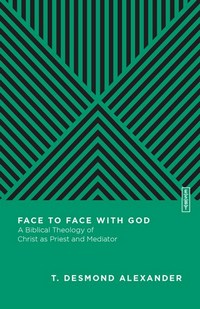
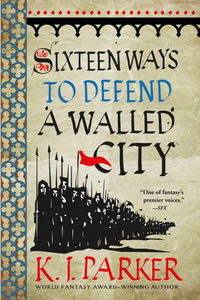
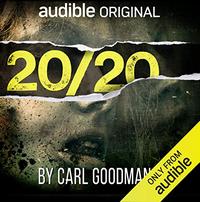
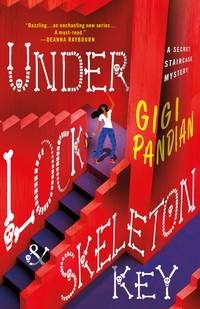
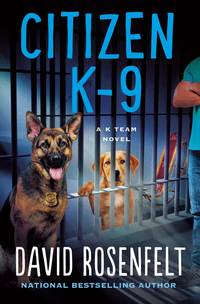
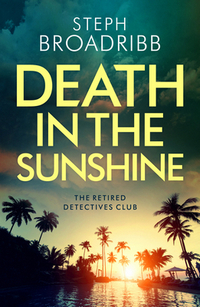
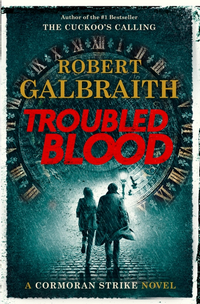
 The Acknowledgments start with, “My thanks, as ever, to my superb editor David Shelley…” Why? What did Shelley do? I cannot be expected to believe that anything was cut, trimmed, or compressed. 900 pages is too long for a P.I. novel.
The Acknowledgments start with, “My thanks, as ever, to my superb editor David Shelley…” Why? What did Shelley do? I cannot be expected to believe that anything was cut, trimmed, or compressed. 900 pages is too long for a P.I. novel.